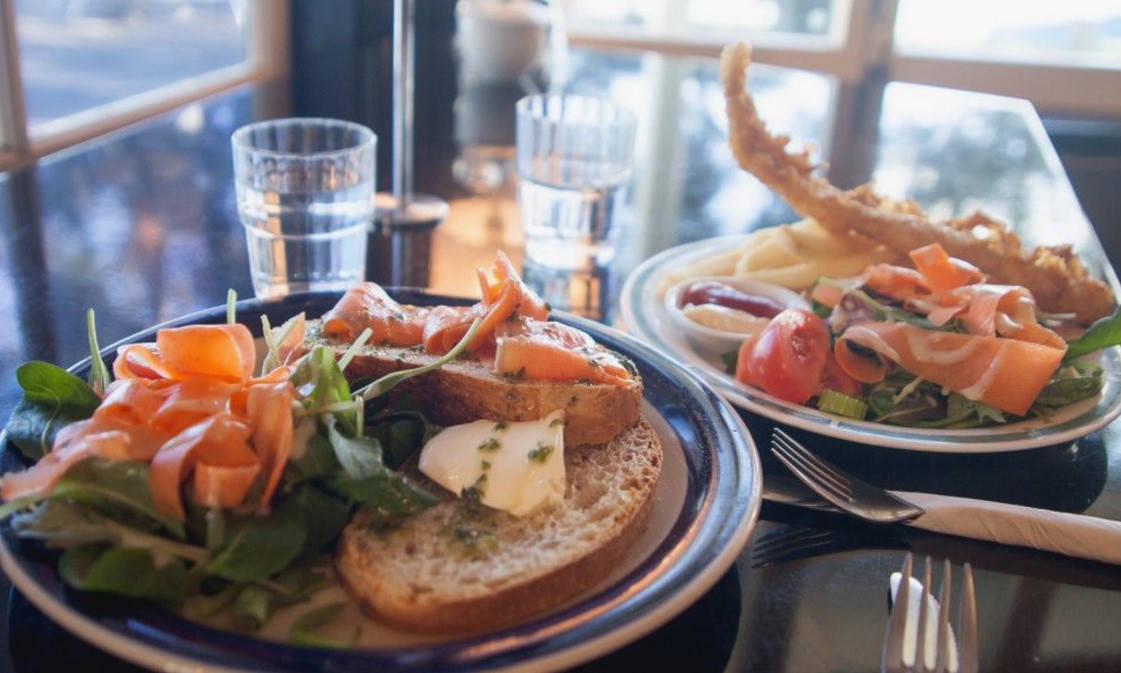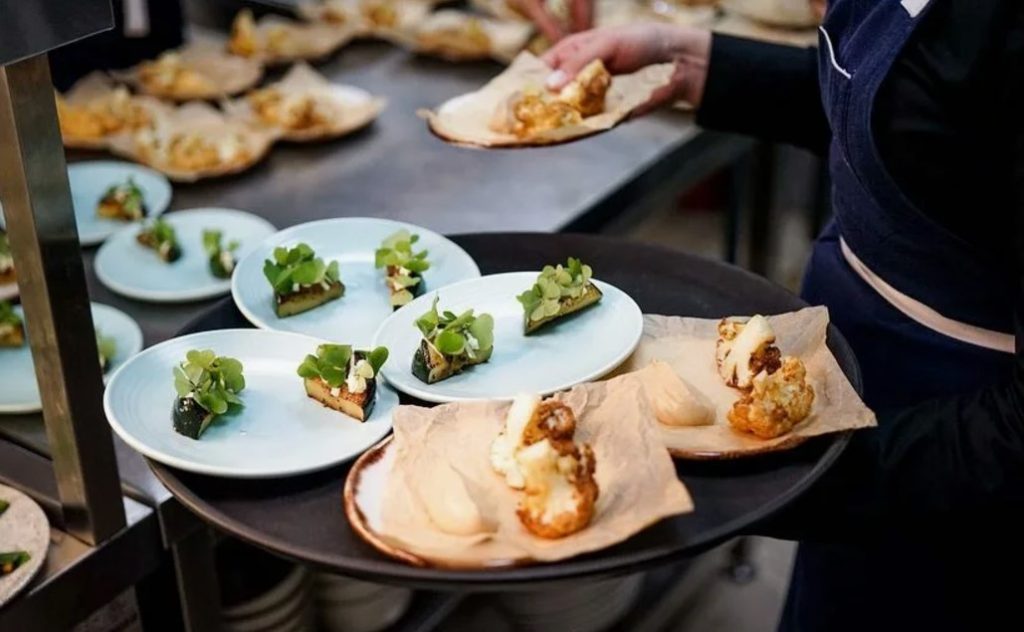
Australian cuisine, one of the most exotic and diverse in the world, has been shaped over centuries by Indigenous practices and a wave of global influences, notably from Britain and Asia. As settlers from around the world arrived, they introduced their culinary practices and adapted to local ingredients, creating a vibrant tapestry of flavors and traditions. Today, Australian cuisine reflects a harmonious blend of Eastern and Western influences that thrives in various settings, from upscale restaurants to pubs, especially in the renowned best pubs in the inner west.
The Evolution of Australian Cuisine
The rise of modern Australian cuisine began in earnest in the late 20th century. In the 1980s, Australian chefs started to highlight local ingredients, giving rise to a culinary identity that emphasized freshness, seasonality, and a unique interplay of flavors. This era marked a departure from British-influenced meals that dominated the Australian food landscape, introducing a new array of creative dishes that drew inspiration from both Western and Eastern traditions. The culinary scene in Australia evolved quickly as a wave of international restaurants sprang up in urban centers, showcasing flavors from Asia, Europe, and beyond. Affordable pricing and inventive presentations made Australian dishes appealing to a wide audience, quickly propelling Australian cuisine to global fame.
Local Cuisine: Indigenous Roots and “Bushfood”
Australian cuisine finds its roots in the food culture of Aboriginal Australians, who have inhabited the continent for tens of thousands of years. Aboriginal cuisine, often referred to as “bushfood” or “bush tucker,” is a reflection of survival skills and knowledge of the native flora and fauna. Indigenous Australians have long consumed what the land offers—plants, insects, and animals—adapting these resources to suit various regions and climates across the continent.
Some notable bushfoods include:
🡪Kakadu plum: A native superfruit, rich in vitamin C and antioxidants.
🡪Witchetty grubs: Larvae of wood-boring moths, known for their high protein content and traditionally enjoyed raw or cooked.
🡪Macadamia nuts: Indigenous to Australia, these nuts have gained popularity worldwide.
🡪Bush tomatoes, quandongs, and finger limes: Unique fruits used in both traditional and modern Australian dishes.
Aboriginal Australians developed specific techniques for processing and cooking ingredients. For example, chestnuts native to Australia contain toxins, but Aboriginal practices involve soaking and roasting to make them safe to eat.

Traditional Dishes
The British influence on Australian cuisine is evident in traditional dishes that are staples across the country. These British dishes form the basis of many family meals, particularly in the form of hearty pub fare and traditional breakfasts:
🡪Meat Pies: An iconic Australian comfort food, featuring a flaky crust filled with minced meat and gravy, sometimes with mushrooms or onions.
🡪Pavlova: A meringue-based dessert with a crisp crust and soft interior, topped with whipped cream and fresh fruits, typically berries or passionfruit.
🡪Lamingtons: Sponge cakes coated in chocolate and coconut flakes, a classic treat served with tea or coffee.
🡪Fish and Chips: The British staple is popular in Australia, where it is often made with local fish varieties such as barramundi or flathead.
🡪Australian Barbecue: Known for its diversity in protein, an Australian barbecue can feature beef, lamb, kangaroo, and sometimes emu or crocodile.
Breakfast traditions also reflect British heritage, often including eggs, sausages, mushrooms, and baked beans. However, the warmer Australian climate has spurred lighter breakfast options, often with fresh fruits, yogurt, and smoothies to start the day on a refreshing note.
Modern Australian Cuisine: A Fusion of Cultures
Modern Australian cuisine emerged in the 1980s, as chefs embraced the country’s local ingredients with creative zeal, incorporating exotic fruits, fresh seafood, and high-quality meats into dishes with innovative flair. This style focuses on fresh, seasonal ingredients sourced from Australia’s unique environment.
Popular modern Australian dishes include:
🡪Grilled Barramundi: A sustainable fish native to Australia, often served with a citrus-infused salad or salsa.
🡪Avocado Toast: While it has global appeal, this breakfast staple often features Australian-grown avocados and toppings like feta cheese, seeds, and native herbs.
🡪Kangaroo Fillet: Lean and packed with protein, kangaroo meat is often served rare and pairs well with bush condiments like quandong or Davidson’s plum.
🡪Salt and Pepper Squid: A dish with Asian influence, typically featuring squid seasoned with salt and pepper, sometimes mixed with chili for a bit of heat.
Regional Specialties
Each Australian region offers distinct culinary specialties based on local produce and geography:
🡪Tasmania: Known for its salmon and other cold-water seafood, Tasmania is a haven for fresh fish, oysters, and mussels.
🡪Sydney: Home to famous Sydney Rock oysters, a variety prized for its unique flavor and creamy texture.
🡪South Australia: Renowned for its wine country and fresh seafood like scallops, which are often grilled or served in risottos.
🡪Northern Territory: Features exotic meats such as crocodile and buffalo, reflecting the wild landscape and Indigenous influences.

Meat and Seafood: The Heart of Australian Cuisine
Meat is integral to Australian cuisine, with pork, lamb, and beef playing significant roles in everyday meals. Australians also enjoy more exotic meats, such as emu, kangaroo, and crocodile. These are often grilled or barbecued, emphasizing the smoky flavors and the freshness of the ingredients.
Seafood is another staple in Australian cuisine, reflecting the country’s long coastline. Popular seafood options include prawns, lobsters, crabs, and a wide variety of fish. Cooking seafood on coals or open flames is a nod to traditional Aboriginal cooking methods.
Influence of Asian Cuisine
Asian cuisine has had a profound influence on Australian food culture, especially in cities with large Asian populations. Chinese, Thai, Vietnamese, and Japanese flavors are infused into many dishes, creating a unique blend known as “Asian-Australian cuisine.” Examples of this influence include:
🡪Laksa: A spicy noodle soup with origins in Malaysia, which has become a favorite in Australia.
🡪Pho: Vietnamese noodle soup, available in many Australian cities.
🡪Dumplings and Dim Sum: Popular as a casual or upscale dining option.
Bushfood in Modern Australian Cuisine
With a growing awareness of Indigenous ingredients and practices, bushfood has gained popularity in Australia’s fine dining scene. Many top chefs incorporate native ingredients, such as finger lime, wattleseed, and lemon myrtle, to create dishes that celebrate Australia’s natural bounty. This integration not only enhances flavors but also promotes the preservation and appreciation of Indigenous culinary knowledge.
Tea Culture and Refreshing Beverages
Tea is beloved in Australia, reflecting its British roots. Australians enjoy both black tea and a variety of herbal teas. Coffee culture is equally prominent, with Australian cities renowned for their café scene. Refreshing beverages, including a range of juices with ginger or mint, are popular, particularly in the warm climate.
Globalization and the Rise of International Cuisine
Australia’s multicultural population has contributed to an increasingly global cuisine, with halal and kosher options available in most major cities. Modern Australian restaurants frequently merge traditions from diverse backgrounds, adapting classic recipes to the Australian palate. Additionally, British fast food, such as fish and chips, remains a staple in Australian culinary life.
Conclusion
Australian cuisine is a celebration of global diversity, Indigenous traditions, and local innovation. From ancient bushfood to Asian-Australian fusion and hearty British classics, Australia’s food culture is dynamic and ever-evolving. Today, in the best pubs in the inner west and fine dining establishments across the country, Australians and visitors alike can experience this incredible blend of flavors and traditions that make Australian cuisine truly unique.

Soccer lover, nature enthusiast, guitarist, Bauhaus fan and critical graphic designer. Doing at the fulcrum of minimalism and purpose to craft experiences that go beyond design. I am 25 years old.


